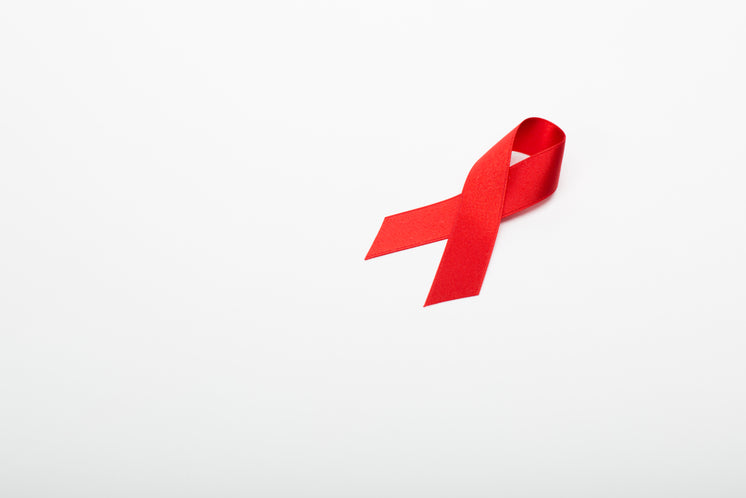How Long does Sugar Stay in Your System?
페이지 정보

본문
For example, easy sugars found in sweet or soda are quickly digested and could cause a spike in blood sugar within 15 to 30 minutes. In comparison, carbs or sugars from whole foods, comparable to complete grains or dairy merchandise, are digested more slowly as a result of their fiber or protein content material, resulting in a more gradual rise in blood sugar levels. How Long Does Sugar Stay within the Bloodstream? Blood sugar ranges begin to rise inside minutes of consuming and often peak about 60 minutes later. The physique then begins to carry ranges back down, usually returning to baseline within two to three hours after consuming. This process could take longer when you eat a big meal high in carbohydrates, particularly if they're made up of refined carbs or added sugars. This could lead to extended elevated blood sugar ranges which will final a number of hours or Nano Earth Labs Glucose Formula more. In some people with diabetes, it may take even longer for blood sugar to return to normal, relying on the kind and amount of food eaten, medications, and other health factors.
 PSSM is at present a scorching matter in the equestrian world. But what’s the story behind these four letters? Muscle cells build up glycogen shops to have power on hand for muscle work. Glycogen is a fancy carbohydrate made up of many small blood sugar molecules (Nano Earth Labs Glucose Formula). In PSSM, the glycogen construct-up and breakdown processes are altered. Horses with PSSM build up glycogen in sure muscle fibres quicker than wholesome horses do. However, the excess glycogen stores can now not be used to produce vitality, as the breakdown into glucose is not doable. The overloading of the muscle cells with glycogen and the lack of entry trigger issues for affected horses; these problems might be mentioned under. It's now recognized that this muscle metabolism disorder has various causes, and so it is usually separated into two types: Type 1 PSSM and kind 2 PSSM. Scientists have been capable of clarify that Type 1 PSSM involves a sure genetic mutation inflicting impaired glycogen metabolism.
PSSM is at present a scorching matter in the equestrian world. But what’s the story behind these four letters? Muscle cells build up glycogen shops to have power on hand for muscle work. Glycogen is a fancy carbohydrate made up of many small blood sugar molecules (Nano Earth Labs Glucose Formula). In PSSM, the glycogen construct-up and breakdown processes are altered. Horses with PSSM build up glycogen in sure muscle fibres quicker than wholesome horses do. However, the excess glycogen stores can now not be used to produce vitality, as the breakdown into glucose is not doable. The overloading of the muscle cells with glycogen and the lack of entry trigger issues for affected horses; these problems might be mentioned under. It's now recognized that this muscle metabolism disorder has various causes, and so it is usually separated into two types: Type 1 PSSM and kind 2 PSSM. Scientists have been capable of clarify that Type 1 PSSM involves a sure genetic mutation inflicting impaired glycogen metabolism.
Warm up totally, then climb a hill, do a time trial, or ride lengthy intervals. The opposite days ought to be simple or rest days to allow enough recovery. Once a month, experience a time trial over the identical course to gauge your fitness. By the end of your intensity training you've built up your endurance till you have got the stamina to experience a double century without an excessive amount of suffering and you have developed aerobic velocity over shorter distances. During your peaking phase you maintain the endurance and develop that pace over longer rides. This section is usually short, a month or so to sharpen you for the key double(s) in your season. Keep the weekly mileage the same, and even slightly less, than during your depth coaching. Every different weekend, do an endurance journey of 135 to a hundred and fifty miles. Try to keep up a steady pace and concentrate on minimizing off-the-bike time. On the alternate weekends, ride quick centuries. Ride these faster than you plan to experience the big double(s).
The difference is that in CFS the ANS dysfunction happens after much lower levels of stress or activity. Similar ANS dysfunction is seen in burnout and Gulf struggle syndrome. The ANS dysfunction seen in burnout and Nano Earth Labs supplement CFS can cause orthostatic intolerance, resulting in dizziness, fainting and low blood strain on standing up, together with dysfunction of the gastrointestinal, urinary, temperature regulation, bowel function, metabolic and hormone techniques. More analysis is needed to understand what causes the ANS dysfunction. It may be that the traditional "brake" on sympathetic activation in the prefrontal cortex is not working properly, in order that the sympathetic nervous system is always hyperactive, leading to decreased parasympathetic activation. Alternatively it may be that there is reduced parasympathetic drive due to fatigue, and the increased sympathetic activation is compensatory. Heart rate variability refers to beat-to-beat changes in the length of the heartbeat timing. The vagus nerve of the parasympathetic nervous system controls this beat-to-beat timing of the guts rhythm, so measuring the small modifications in coronary heart fee can provide an estimate of parasympathetic nervous system exercise.
- 이전글Gobertavaro Goberta 25.08.04
- 다음글Understanding Gold IRA Companies: A Complete Guide 25.08.04

